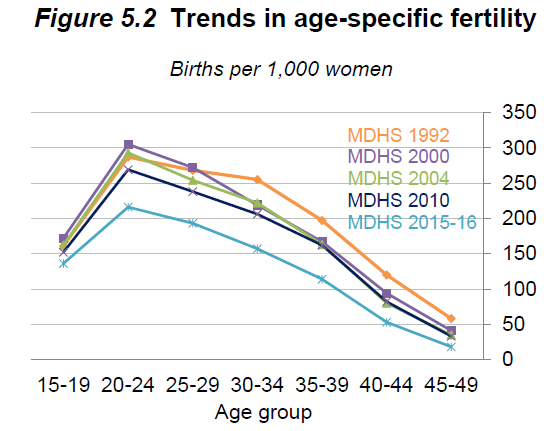A recent post by Don Boudreaux on the relative wages of actors and teachers has been doing the rounds in the economics blogosphere, garnering favorable mentions by Alex Tabarrok and Ranil Dissanayake. Boudreaux asserts that:
The lower pay of fire fighters and school teachers simply reflects the happy reality that we’re blessed with a much larger supply of superb first-responders and educators than we are of superb jocks and thespians.
There are lots of reasons why superstar actors and actresses earn tons of money. There really is a limited supply of high-end talent there, and that really does, in all likelihood, drive the high wages we observe. And Boudreaux is also right that it is good that the average firefighter or teacher isn’t paid millions of dollars, or we’d never be able to afford enough to fight all our fires and teach all our kids.
What Boudreaux gets wrong, however, is his assumption that straightforward supply and demand can possibly explain the pay earned by teachers. He’s also wrong when he asserts that the lack of high pay for awesome teachers is a good thing.
In the standard microeconomic theory of the labor market, workers earn hourly* wages equal to their marginal revenue product of labor. This is the revenue generated for the firm by the worker’s last hour of work. A worker’s wage is pinned down at their marginal revenue product (MRP) by a no-arbitrage condition. Strictly speaking, workers are assumed to be paid the value of their outside option to their current job.** In a competitive labor market, a worker that paid less than her MRP will be stolen away by another firm who is willing to pay her slightly more, and this repeats until wages reach MRP. A worker that is paid more than her MRP is losing money for her firm and will be fired (or the contract will never be offered).
You can see the problem for setting the wages of teachers. Public-school teachers don’t directly generate any revenue for doing their job, and public schools are not businesses and aren’t trying to maximize profits. Even private-school teachers don’t actually generate more income for their schools by putting in additional hours or being more effective in the classroom.
So how are these wages set? I don’t know the reality, but what the theory actually says is that they get whatever the best competing job is willing to pay them.*** This means the effective floor is not set by the marginal revenue product of labor, or any measure of productivity or effectiveness, but by some alternative job to teaching.
You could imagine competitors paying teachers wages that are based on their classroom effectiveness. Replacing a terrible teacher with an average one is worth $250,000 per classroom just in terms of additional lifetime earnings (Chetty, Friedman, and Rockoff 2014). And great teachers add value in many other ways that don’t directly appear in earnings. So this could lead to parents strongly preferring excellent teachers and paying a premium to private schools to get them. This would bid up wages for great teachers and we’d see very high pay for them.
Rating teachers on classroom effectiveness is hard, though. The Chetty, Friedman, and Rockoff results I linked to are very controversial. There are definitely aspects of teacher ability that cannot be measured through test scores alone. Kane and Staiger (2012) show that expert observations of teachers in the classroom have incremental predictive power for future student performance, on top of Chetty-style value-added measures. Some teachers oppose any use of test scores in evaluating teacher ability.
So back to the question. Is the low pay (and low variance of pay) for teachers a sign that the world is full of awesome teachers? No; they are quite rare. Rather, we have tons of people who could be adequate teachers, some of whom are amazing teachers — and we have little ability to distinguish between them for the purposes of pay, at least in a way that people can agree upon.
And this has consequences. Our limited ability to tie teacher pay to teacher quality means that there are probably lots of potentially-great teachers in other professions. Our limited ability to even measure quality teaching in an agreed-upon way means it’s tough to incentivize improvements in teaching quality among existing teachers – or even for teachers who are motivated by non-pay considerations to know how they should improve. The low and flat pay for teachers is not a blessing. It is a problem that needs to be fixed.
*I picked hourly wages arbitrarily – daily or weekly or annual wages would work just as well, because we use calculus for these models and assume time and effort at work can be varied continuously.
** We assume this is a job, but it could be the value they put on their free time instead. Workers whose labor generates little revenue are said to “choose” “leisure” over work, rather than driven into unemployment. Again, this is a model – not the truth, and not what I believe to be correct.
***This sets a floor on wages. The ceiling imposed by the typical model of wage-setting doesn’t function here because there is no marginal revenue to compare to the marginal cost of employing the teacher. However, pressure to control public budgets probably keeps wages reasonably near their floor.



